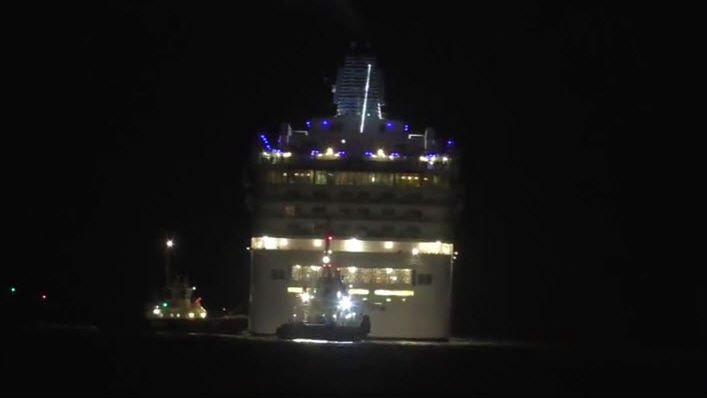New Technologies Could Spark New Design Options

The design and amenities of modern cruise ships evolved from the mega-size passenger liners of a bygone era. They provide services and amenities to all passengers that were once only available to an elite clientele.
Companies like White Star Line and Cunard carried record numbers of immigrants, and the reputation and stature of the ship transport companies depended on the accommodations, services and amenities offered to their first class customers. Meanwhile, the majority of the travelers would have sailed on economy tickets in steerage class. For them, accommodations on board ship were very frugal and the meals very basic.
While mechanical breakdowns of cruise ships are comparatively rare, such events can, unfortunately, allow passengers to rediscover aspects of steerage class travel. The risk of breakdowns could prompt the cruise ship industry to consider future design changes to their ships to assure greater passenger comfort during the remote possibility of a mechanical breakdown.
New Power
Much proven technology is commercially available or becoming available that could provide a measure of relief aboard a mechanically stricken ship. The solar photovoltaic sector is developing dual purpose windows that are both transparent and can generate electric power. Prior to the age of electric lights, earlier ships used optical prisms to redirect solar light to illuminate lower decks. Modern optical technology can use solar daylight to illuminate corridors and other locations of ships’ interiors.
Where wind is available, airborne kite sails could provide low-speed propulsion and even drive electric generators. Shipborne wave energy technology could generate electric power aboard a stationary ship, while kinetic turbines can generate additional electric power when the ship sails.
A New First Class
Today, the cruise ship industry attracts customers looking for memorable experiences, and there is potential for new technologies to provide new “first class” options.
While lighter-than-air ships may be regarded as a relic from a bygone era, several companies are building and testing modern helium-filled airships. Ships have towed small airships that functioned as high-elevation observation platforms. It may be technically possible for a modern cruise ship to tow a modern passenger carrying airship. The towing cable would include an electrical power cable and provide a guide for a gondola car to ferry people and items such as meals between the main ship and the airborne companion. Wind turbines and solar panels could also provide electric power on the airship.
There are routes where towed airships could offer premium passengers spectacular scenery including Alaska cruises through Strait of Georgia, Johnstone Strait, Strait of Juan de Fuca and Queen Charlotte Strait. The airship could be moored near a cruise ship terminal. Upon departure for a cruise, a tug could tow the airship to a rendezvous point where the airship would be attached to the stern of a cruise ship sailing from cruise terminals at Seattle, Victoria or Vancouver.
A submersible vessel with observation windows could be towed with either onboard batteries or kinetic turbines driving electric generators to provide energy for interior lighting and to operate computer activated navigational control. Surface level pontoons could carry the weight of the submerged vessel with enclosed water-tight staircases connecting the submarine interior to doors and platforms mounted to and above the pontoons, with a winched boat connecting cruise ship to submarine.
The potential for innovation in the cruise ship industry continues to grow. Meanwhile, the trans-oceanic passenger ship industry has successfully redefined itself into today's highly-successful cruise ship industry.
The opinions expressed herein are the author's and not necessarily those of The Maritime Executive.
